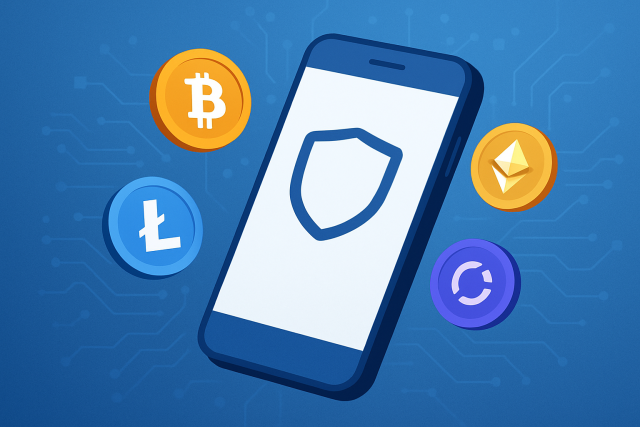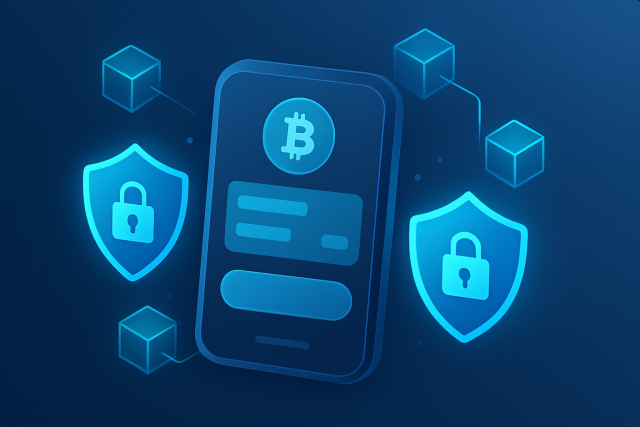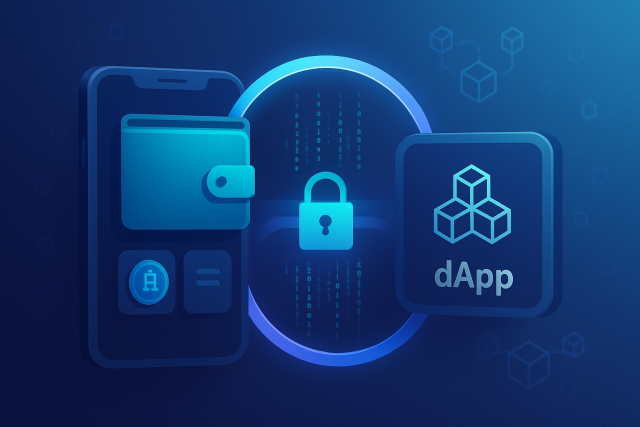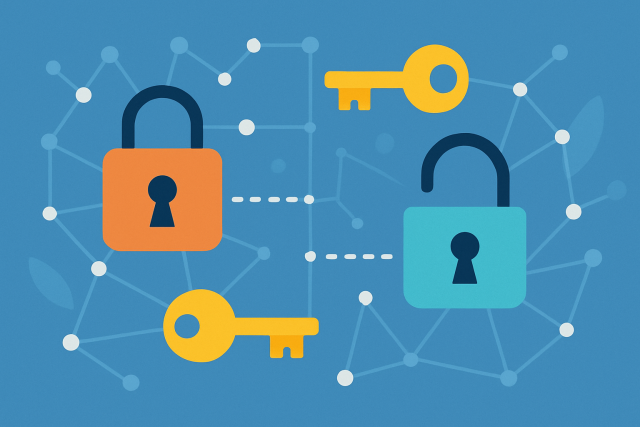What Is PGP and How It Protects Your Messages


Private conversations often travel through networks that can be as open as a storefront window, making them vulnerable to interception. This is exactly what is PGP designed to prevent - it steps in like a trusty bodyguard, keeping what you send under tight lock and key. It shields sensitive information from hackers, spies and any nosy parkers lurking around.
Pretty Good Privacy or PGP as it’s affectionately known is a trusty tool for locking down your digital messages. It cleverly pairs encryption with digital signatures to keep your conversations under wraps and vouch for the sender’s identity. It also ensures the messages haven’t been tampered with along the way.
What Exactly Is PGP and What Does It Stand For Anyway?
Pretty Good Privacy (PGP) is an encryption tool cooked up back in 1991 by Phil Zimmermann, aiming to give people and organizations a fighting chance at keeping their digital conversations under wraps. It cleverly blends a bunch of cryptographic tricks to make sure emails and files end up only in the right hands, no snooping allowed.
PGP is primarily all about locking down your data so only the right individuals can peek inside. It doesn’t just stop there—it also crafts digital signatures to vouch for the sender’s identity.
- Encryption jumbles your messages so only the right person can understand them. It’s like speaking in a secret code you and your friend share.
- Public and private keys work like a lock and key to keep your conversations safe from prying eyes.
- Digital signatures let senders "sign" their messages like a personal autograph proving the message came from them.
- Verifying the sender’s identity is important to fend off impersonators and keep trust alive.
- It safeguards message integrity by ensuring nothing has been sneaked in or altered during transit.
How PGP Actually Works The Nuts and Bolts Behind the Magic
Sending a locked box to a friend where only they have the key to open it. That’s how PGP works using a pair of keys: one public to lock (encrypt) your message and a private one to unlock (decrypt) it.
You start by creating a pair of cryptographic keys: one public and one private—think of them as a matched set like keys to your digital kingdom.
You proudly share your public key far and wide while your private key stays under tight lock and key no peeking allowed.
When someone wants to send you a secret message they use your public key to lock it up tight.
That encrypted message then journeys through all kinds of networks and bounces around until it finally lands safely in your inbox.
You use your private key to unlock the message revealing its original content just for you.
Digital signatures in PGP bring more depth of trust by letting the sender "sign" a message with their private key.
- A sender uses their private key to sign a message, kind of like putting their personal seal on it to prove it really came from them.
- The recipient then double-checks the signature using the sender's public key, making sure everything’s on the up and up.
- This step is vital because it confirms the message hasn’t been tampered with during its journey.
- Digital signatures also pitch in with non-repudiation, meaning the sender can’t just backtrack and say they never sent the message later on.
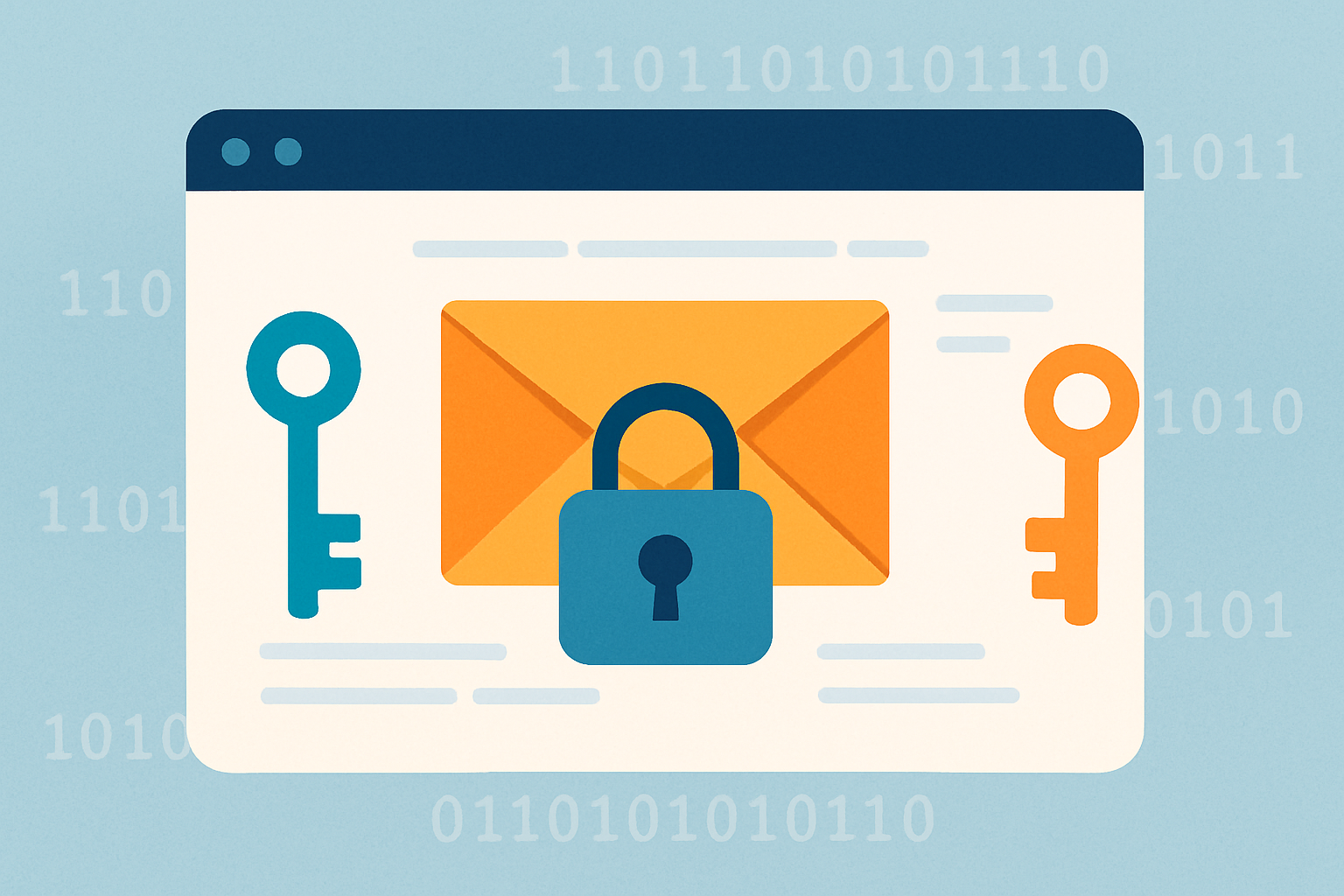
Why PGP Truly Matters When It Comes to Keeping Your Messages Safe and Sound
Messages zip across networks all day long and are often vulnerable to prying eyes or sneaky hackers. PGP steps in as a trusty shield against threats like eavesdropping, data leaks and impersonation, making sure only the right individuals can peek at or tinker with communications.
- Keeps messages under tight lock and key by encrypting them, so only the individuals meant to see the content actually get their hands on it.
- Shields the integrity of messages by sniffing out any funny business like tampering or corruption, keeping things honest.
- Confirms authentication with digital signatures, a great way to stop anyone trying to pull a fast one or impersonate someone else.
- Offers non-repudiation, making sure senders can’t just backtrack and deny they ever sent those messages later on.
Journalists often lean on PGP to chat securely with confidential sources because some stories can’t go public too soon. Businesses use it to lock down sensitive contracts and negotiations and ensure nothing slips through the cracks. Individuals who value their privacy turn to PGP as their trusty shield to keep personal messages safe from prying eyes.
Imagine sending a message with PGP like you’re mailing a locked safe, one that only the person holding the right key can crack open. It’s a neat, straightforward comparison that really drives home just how PGP keeps our digital chats under tight lock and key—no funny business slipping through.
Frequent Misunderstandings About PGP That Individuals Often Run Into
Many people often assume PGP is way too complex or outdated or just something only cybersecurity pros should bother with. Today's PGP tools are usually user-friendly and surprisingly approachable with regular updates that keep their security tight.
- PGP isn’t just some hacker’s toy. It’s a handy privacy tool for anyone who values keeping their info private.
- It used to feel like a maze but now user-friendly apps have made managing keys easier.
- Some people worry that encryption slows down communication. However, in my experience PGP works quickly and causes few issues.
- There’s a persistent rumor that PGP’s security is weak. Still, with regular updates it remains reliable.
- Many think you need to spend a lot on software but there are plenty of open-source options that won’t cost you a thing.
Handy tools like Gpg4win and Mailvelope make working with PGP a breeze, and plenty of browser extensions and email clients seamlessly weave encryption right into your daily routine.
Getting Started with PGP Your Friendly Guide to Locking Down Messages
Starting with PGP can feel intimidating at first, like trying to crack a tricky puzzle. But once you pick reliable software and generate your cryptographic keys, you can share your public key with people you trust and start encrypting your emails and files. Then it all starts to click.
Pick a trusty PGP-compatible app like Gpg4win for Windows or GPG Suite for Mac—these are solid choices that won’t let you down.
Fire up the app and create your own pair of cryptographic keys. It’s straightforward and feels pretty fancy.
Be sure to back up your private key somewhere safe because losing it is a headache nobody wants.
Share your public key with friends or colleagues you want to keep your conversations locked down tight.
Try encrypting and decrypting a few test messages. Think of it as practice before the big game.
Keep your security locked down by always relying on a strong passphrase for your private key and resisting the temptation to share it with anyone else. Double-check your contacts’ public keys to avoid any sneaky impersonators—I’ve found this usually works best when done face-to-face or through trusted, rock-solid channels. Don’t forget to keep your encryption software up to date, so you’re always armed with the latest security patches and improvements.

Limitations and Things to Keep in Mind When Using PGP (Because Nothing's Perfect)
PGP is pretty powerful though it’s not without its quirks. It can come across as a bit daunting at first, especially when you’re wrangling key management or ironing out identity verification. Sometimes other options might suit your needs better depending on what you’re after.
- PGP’s user interface can be intimidating for newcomers, especially if you’re not a tech whiz. It feels like it was designed for engineers, not everyday individuals.
- Revoking a compromised key is no walk in the park either. It requires careful steps and can throw a wrench in your communications if you’re not on your toes.
- One of PGP’s quirks is that it doesn’t provide forward secrecy. This means if your private keys get into the wrong hands, past messages you thought were safe could become an open book.
- The whole trust idea depends on making sure public keys are genuinely authentic. If that verification slips through, you might end up trusting a wolf in sheep’s clothing.
- Some email platforms and devices don’t play nice with PGP-encrypted messages, causing glitches and hiccups that can test anyone’s patience.
Many of PGP's limitations can be eased with savvy user education, solid key management and the right tools - especially when understanding what is PGP and how it works. These things make a real difference. The landscape of encrypted messaging is always shifting as new protocols step up to make it easier and safer to use.


